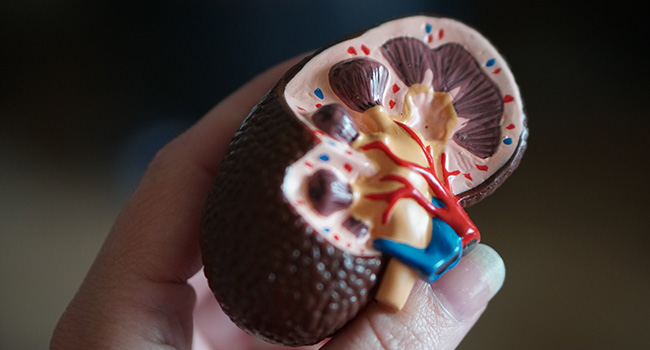
Rapidly progressive, proteinuric nephropathy is a kidney disease associated with certain genetic variants, specifically toxic gain-of-function variants in the gene encoding apolipoprotein L1 (APOL1). Unfortunately, no therapies target proteinuric kidney disease in individuals with two APOL1 variants (G1 or G2).
Clinical Trial
To address this issue, researchers conducted a clinical trial to assess the effectiveness of a small-molecule compound called inaxaplin in inhibiting APOL1 channel function, a critical factor in developing the disease. In preclinical studies, inaxaplin was shown to selectively inhibit APOL1 channel function and reduce proteinuria in a mouse model of the disease.
These results encouraged researchers to conduct a single-group, open-label, phase 2a clinical trial. The trial enrolled 16 participants with two APOL1 variants, biopsy-proven focal segmental glomerulosclerosis and proteinuria. Participants received inaxaplin daily for 13 weeks, along with standard care. The primary outcome was the percent change from baseline urinary protein-to-creatinine ratio at week 13 in participants who had at least 80% adherence to inaxaplin therapy, and safety was also assessed.
Findings
Results showed that among the 13 participants who met the adherence threshold, inaxaplin reduced proteinuria by a mean of 47.6% at week 13. In an analysis that included all the participants regardless of adherence, reductions similar to those in the primary analysis were observed in all but one participant. Adverse events were mild or moderate in severity, and none led to study discontinuation.
Conclusion
The development of inaxaplin as a potential therapy for proteinuric kidney disease in individuals with two APOL1 variants and focal segmental glomerulosclerosis represents a significant step forward in treating this population. The preclinical studies and phase 2a clinical trial showed promising results regarding the ability of inaxaplin to inhibit APOL1 channel function and reduce proteinuria.
The drug's safety profile was also favorable, with only mild or moderate adverse events reported. Further research is needed to validate these findings and establish the long-term safety and efficacy of inaxaplin in a more extensive and diverse patient population. However, the results of this study provide hope for individuals with APOL1-associated proteinuric kidney disease who currently lack adequate treatment options.
__________

